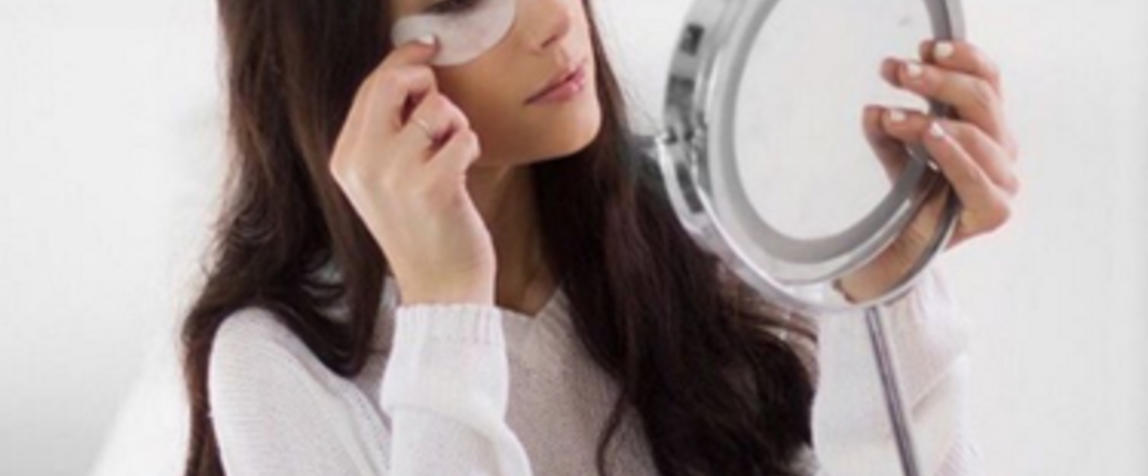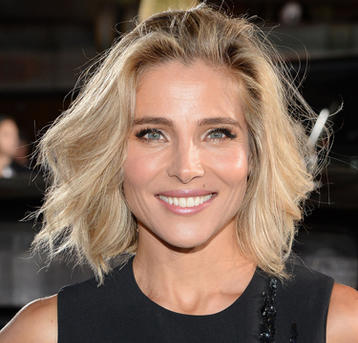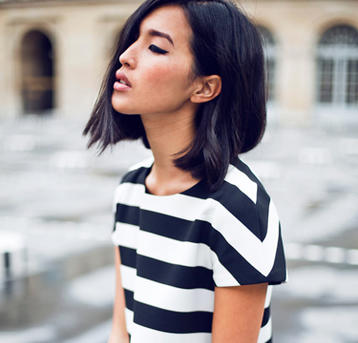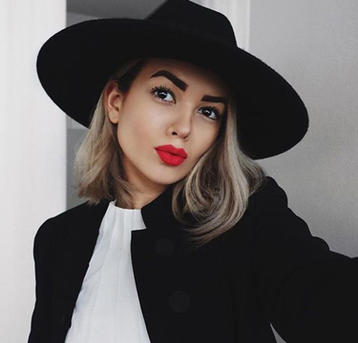While a mere five years ago it may have seemed absurd for a brand to pay a blogger to promote its products, nowadays some of the more prominent influencers can pick up six or seven digit pay cheques for just a couple of posts on Instagram. But according to online publication Fashionista the sands are shifting yet again, and it’s now a new subset of bloggers/vloggers/social stars known as "microinfluencers" where brands are thought to be transferring their ad dollars towards.
The article suggests that as the feeds of super influencers with millions of followers become saturated with promoted activations, followers are becoming more savvy about picking out and ignoring sponsored posts. It's also noted that social platforms themselves have started to crack down on undeclared sponsored posts, along with the fact that questions marks above ROIs have started to appear because, "mega-followers didn't always translate to mega-sales," states Fashionista.
Now, the less well known microinfluencers, who are thought to have higher engagement and a more authentic connection to their followers, are being tapped by beauty brands. There is no official follower standardisation when it comes microinfluencers although some suggest that numbers can range from between 1,500 to 50,000. The attractions to a microinfluencer are more defined however, as Fashionista puts it: "by a highly engaged fanbase, a lower price point, ease of marketing and that all-important aforementioned authenticity."
James Nord, a co-founder of Fohr Card which is a service that helps match up brands and influencers, told Fashionista that: "Often the smaller followings do have better engagement rates, and they haven’t gotten big enough yet where there are people who follow them just because they have a big following. If you look at our data, naturally as a following grows engagement percentage falls, so the average engagement for somebody with 50,000 followers is about twice the size as somebody with a million followers."
Fashionista also points out that trust is a big factor when it comes to influencers, especially in a category like beauty. Microinfluencers are building an audience that is genuine by delivering trusted, authentic content that often includes more personal details of their lives. "That sense that an audience "knows" them is a huge factor in what allows influencers to gain their followers trust and, in turn, their cash-money when it comes to buying products or services they recommend," the article suggests.
Some examples of campaigns using microinfluencers include Elf's initiative Beautyscape - a mini conference where microinfluencers are invited to play with the brand's products and learn new application techniques. Origins have also announced that it will be partnering with microinfluencers for a new campaign that targets millennials.
The article concludes with Nord's thoughts on the future, that professionalism will increase and the microinflucers who run their channels like a business will be the ones who will succeed. We can only wait and see.
Image: @thesundaychapter
Newsletter image: @jaimeridge




